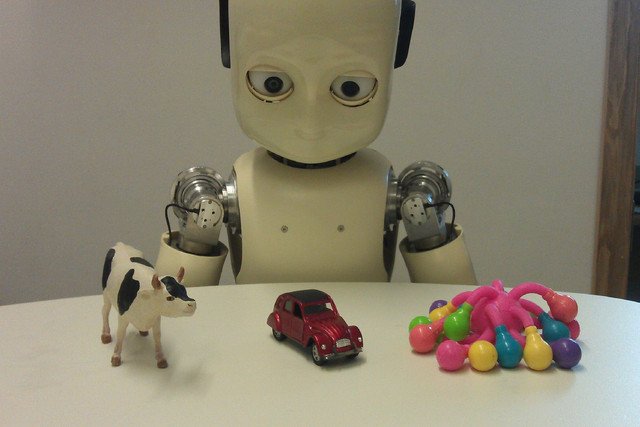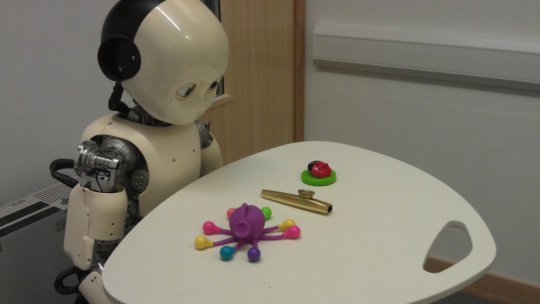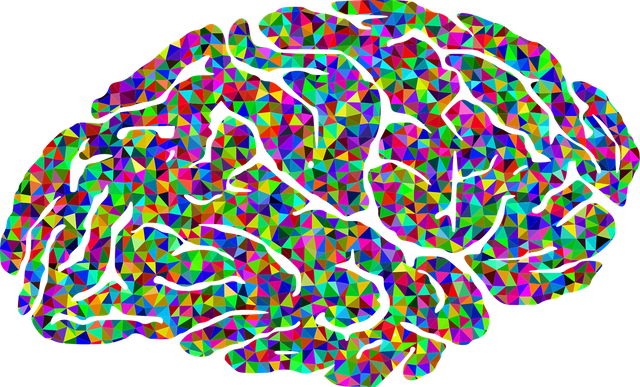Toddler Robots Help Us To Better Understand Early Childhood Development

A recent study that was conducted by researchers from Lancaster University, Sussex University, and Plymouth, sheds some insight onto the understanding of the psychological development of children and how toddler robots might learn. It's suggested that they might go about learning in the same way as children do; by learning to associate objects it enables them to make sense of their environment.
Their findings suggest that early learning does not rest on conscious thought, but rather on an association-making mechanism.

The researchers in this study programmed a robot (known as iCub) to have similar proportions to that of a three year old child. Software enabled the robot to hear words and see what was around. It also had the ability to point to objects in an effort to signal and identify them so that the robot could help the researchers understand how young children go about learning new words.
The study involved a group of kids that were at roughly 30 months old, and they were given the task of choosing a certain toy out of a lineup. The lineup that they were exposed to contained a number of different objects and in each circumstance there was one item in the lineup that they were not familiar with, grouped along with items that they were. They then had to try and learn the name of the new object just by using the process of elimination, and making the associations with what they already know.

The iCub robot was seen to perform in the same way that the children did when it came to completing the task. The robot at first was trained to be able to recognize a variety of different items that were used in the test, but it would be shown those known items along with unknown items.
The robot went about learning those unknown items in the same way as a child would, by using a process of elimination based on the items he was already familiar with, he was then able to associate a new word with a new object.
Children are thought to be able to learn by way of mutual exclusivity and within that approach requires a process of elimination; it doesn't require a lot of detailed reflection or reasoning. The findings revealed that the robots were able to learn without having possessed any complex reasoning abilities of their own, but rather by making links between what is seen and heard. Interestingly, the researchers also said that the time it took the toddler robot to turn its head to see the object, had an impact (they think) on its ability to learn new words. They suggest therefore that the way that items are displayed in front of a child's visual scene is also critical to their success in being able to learn those new words and objects. They plan to further investigate this with continued research in this area.
Pics:
Lancaster University
Digital Trends
Pixabay
sources:
http://www.digitaltrends.com/cool-tech/toddler-robot-learning/
https://www.sciencedaily.com/releases/2016/11/161128111406.htm
http://www.digitaltrends.com/cool-tech/toddler-robot-learning/
http://www.natureworldnews.com/articles/33034/20161130/robot-toddlers-show-scientists-childs-learning-process.htm
This post has been ranked within the top 80 most undervalued posts in the first half of Dec 02. We estimate that this post is undervalued by $7.08 as compared to a scenario in which every voter had an equal say.
See the full rankings and details in The Daily Tribune: Dec 02 - Part I. You can also read about some of our methodology, data analysis and technical details in our initial post.
If you are the author and would prefer not to receive these comments, simply reply "Stop" to this comment.